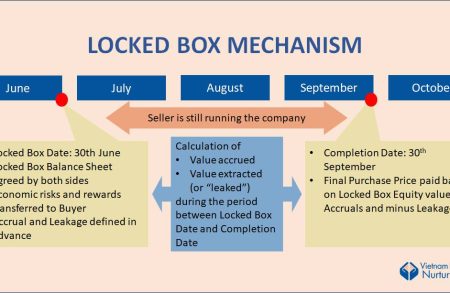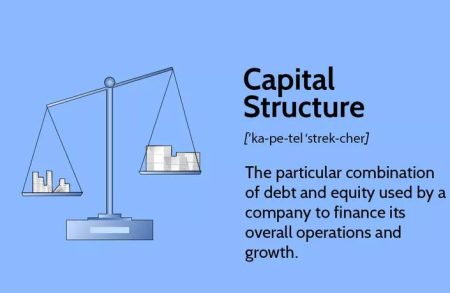05Jul
In private equity (PE) investment, exit rights provide PE investors with strategies to sell their shares when it is not possible to exit through listing on the stock exchange. Three key exit rights are tag-along rights, drag-along rights, and put options.
Tag-along rights: ensure minority shareholders, often PE investors, to sell their shares if a majority shareholder in the company sells their stake. This right protects minority investors from being left behind in a company controlled by new owners. This mechanism aligns the interests of minority investors with those of the majority, ensuring they benefit equally from any sale transaction. For example, the founder of the company wants to sell his shares to a big conglomerate who wants to acquire 80% of the company. Having tag-along rights, the PE investor is allowed to join the sale, ie. the PE investor can sell 24% out of its 30% shareholding, and the other shareholders sell 56% out of their 70% shares. Tag-along rights are highly sought-after by investors because they offer minority investors a rare opportunity to exit alongside majority shareholders.
Drag-along rights: allow a minority shareholder (the PE investor) to force other shareholders (E.g. the founders) to join in the sale of stake in the portfolio company. This mechanism facilitates the sale of the majority shareholding of a company, making it more attractive to potential buyers who prefer acquiring controlling or complete ownership. These rights also ensure that founding shareholders and minority shareholders are not impediments to the sale, enabling smoother and more profitable exits for PE investors. For example, a PE investor holding 40% of the shares of a company and having drag-along rights can force other major shareholders to sell another block of 11% of their shares to meet the requirement from a potential buyer to in a controlling acquistion of 51% shares.
Put options: grant investors the right to sell their shares back to the company or a specified buyer (often major shareholders) at a predetermined price within a certain timeframe. This provides a clear exit route and price certainty, protecting investors from being stuck in the company. The feasibility of put options lies in their ability to offer a guaranteed exit, albeit depending on the financial health of the company or the buyer’s ability to fulfill the purchase. In low liquidity markets, put options are particularly valuable as they offer an assured exit path, which might otherwise be difficult to achieve.
In summary, these exit rights offer PE investors structured strategies to realize their investments, especially crucial in low liquidity private markets where exit opportunities are limited.











